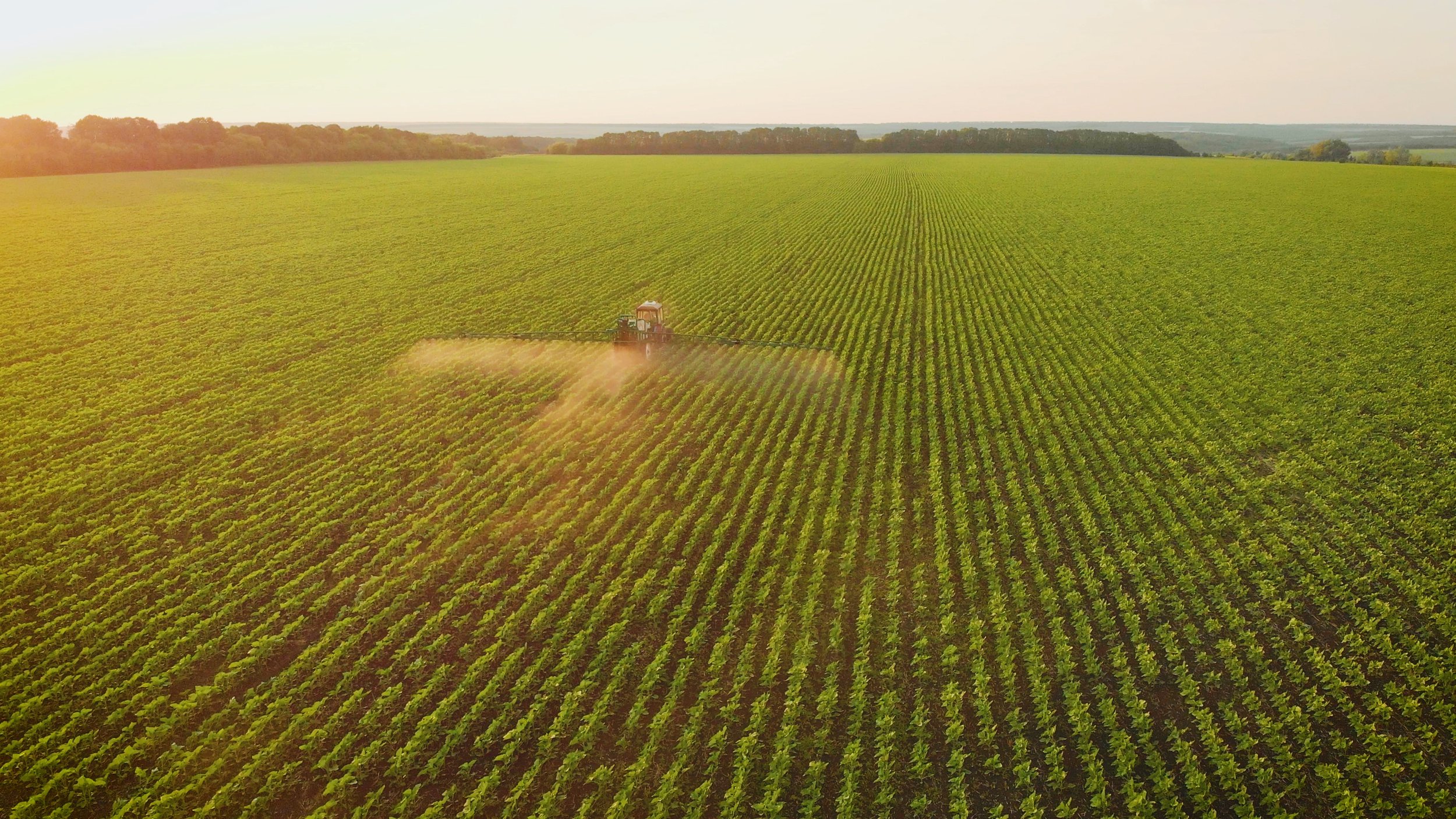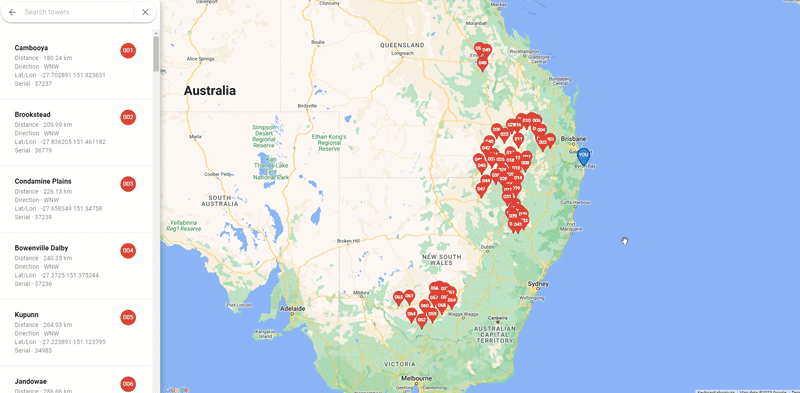
What is Weather And Networked Data
Grains Research and Development Corporation (GRDC) and Cotton Research and Development Corporation (CRDC) invested heavily to define and identify when a hazardous inversion occurs and worked in partnership with Goanna Ag to develop Weather And Networked Data (WAND). WAND is a spray drift hazardous weather warning system that provides real-time weather data for growers and spray operators about the presence or absence of hazardous temperature inversions.
It consists of a world-first network of 102 profiling inversion towers located across the grain and cotton regions of New South Wales and Queensland. The inversion towers have remote sensing capability and new proprietary software to provide growers and spray contractors with up to a 24 hour forecast of real-time weather data that is updated every 10 minutes.
This valuable data can accurately identify whether a hazardous inversion or hazardous conditions are present, allowing farmers to understand whether they can spray or not against their label requirements. This information reduces the spray drift risk for growers and spray contractors. We now have a 24 hour forecast, the longer forecast allows growers to have better insight into weather conditions to better manage their spray operations.
Accurate and up-to-date weather data is critical to determine when it is safe to spray, and the use of inversion towers is likely to become even more widespread as herbicide regulations become more stringent and the need for sustainable farming practices increases.
To learn more about the WAND network, watch the video.
Why you should register for WAND
Improve spray efficiency
The key benefit of WAND is that it tells growers when they can spray, rather than when they can't. Being able to forecast inversion conditions allows growers and spray applicators to plan when to get their machinery ready to go into a field.
A proactive approach
Spray drift onto cotton, doesn’t show symptoms for 7 to 14 days which is too late to do something about. If we can detect a drift event early, then we can start applying management techniques right from the outset to minimise the impact of the drift away.
A free tool for everyone
WAND is free for everyone, simply head to wand.com.au and create an account. You will be able to start accessing the data straight away and it's in real time which is a huge advantage to you managing your decisions around spraying and workload.
Get the best outcome with your spray job – access WAND today!

Spray window improvement
Since the launch of WAND, we have accumulated over 120,000 hours of observations* and been able to determine the following:
10.9 hrs
The average hours/day/site where inversion is present
6.5 hrs
The average hours/day/site where hazardous inversion is present
0.5 hrs
The average hours/day/site when a hazardous inversion is present, but a temperature inversion is not
4 hrs
The average adjusted ‘benefit’ the WAND network is providing growers/spray applicators per day
Translated to practical outcome and working on a spray rig covering 50 hectares per hour, that means (all else being equal)
“One operator could theoretically cover an additional 200 hectares per day”
The below graph shows the hazardous inversion graph versus temperature inversion graph for the same location at the same time demonstrating the increased spray window that the technology provides for growers.
*Date range: December 2022 to May 2023
Technology summary
WAND technology addresses this issue by providing real-time determinations of local vertical turbulence characteristics and comparing them against predetermined thresholds. This determines whether there is sufficient vertical turbulence for adequate deposition and dispersion of spray droplets in a particular location, regardless of whether temperature inversion conditions are present.
The science that underlies the hazard detection method and applied threshold levels defining spray drift hazard alerts, has been peer-reviewed and published.
Grace, W & Tepper, G, 2021, Micrometeorological Aspects of Spraying within a Surface Inversion, Journal of Applied Meteorology and Climatology, 60, 1231-1244.
The Australian Pesticides and Veterinary Medicines Authority (APVMA) is currently reviewing the hazardous inversion threshold, with a rough estimate of first quarter 2024 to announce their decision.

Spray network coverage footprint
What is a hazardous inversion
A hazardous temperature inversion refers to a meteorological phenomenon where the normal temperature profile of the atmosphere is inverted or reversed. Normally, as one ascends in the atmosphere, the temperature decreases gradually. However, during an inversion, a layer of warm air is trapped above a layer of cooler air near the surface. This inverted temperature profile creates a stable atmospheric condition where the warm layer acts as a lid, preventing vertical air movement.
When it comes to spray applications, inversions can pose particular risks. Spray particles released during inversion conditions can remain concentrated near the surface due to the limited vertical air movement. This concentration can lead to the accumulation of sprayed materials in localised areas, potentially resulting in unintended contamination or exposure.
Furthermore, the lack of vertical air mixing during inversions allows airborne droplets to travel longer distances in relatively undisturbed laminar air streams. The direction and distance that these droplets will move within the inversion layer can be unpredictable and vary depending on the surrounding landscape. Consequently, hazardous temperature inversions require careful consideration and monitoring to minimise potential risks and ensure the safe and effective application of sprays or other substances.












